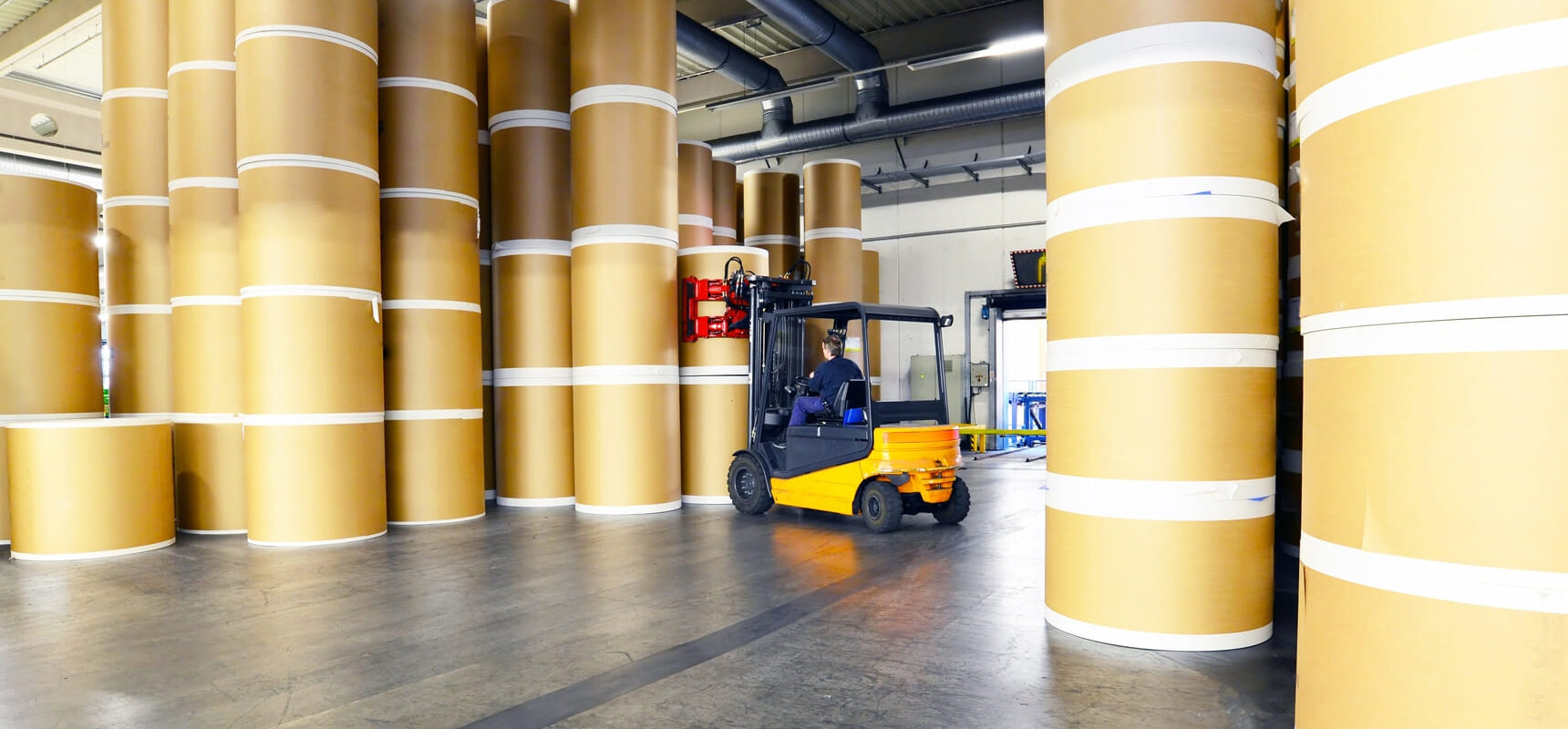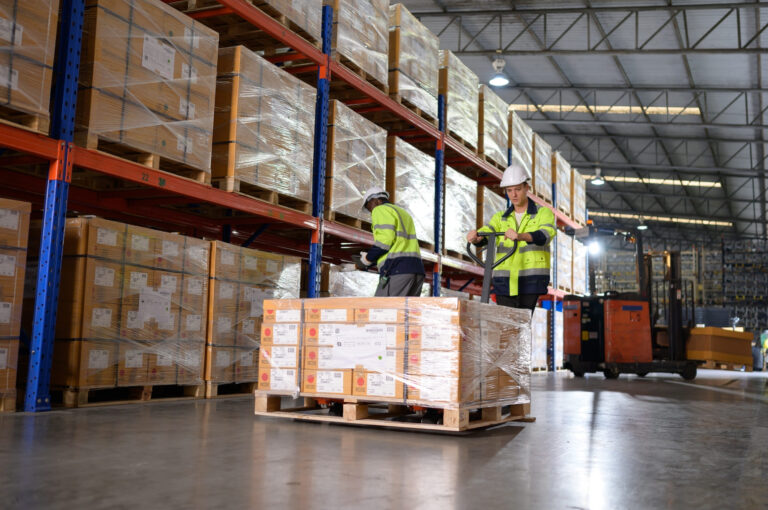Optimized Paper Warehousing: Storage, Handling, and Logistics Solutions

The paper industry depends on efficient warehousing to ensure the seamless movement of products from manufacturers to distributors and retailers. Whether storing raw materials like wood pulp or finished products such as paper rolls and packaging materials, proper storage is crucial for maintaining quality, integrity, and availability. This blog explores key aspects of paper warehousing, the systems involved, and essential factors to consider when storing paper in a warehouse.
The Role of Warehouse Systems in the Paper Industry
The paper supply chain involves handling large volumes of products in various sizes and weights. A well-structured warehouse system streamlines this process by optimizing space, enhancing inventory control, and protecting products from damage.
- Racking Systems: Adjustable racking systems efficiently store large rolls and stacks of paper, improving accessibility while minimizing material damage. Double-deep and selective racking are commonly used for high-volume paper storage.
- Automated Storage and Retrieval Systems (ASRS): Many paper warehouses implement ASRS with cranes, conveyors, and robotic arms to enhance storage capacity and retrieval speed while reducing manual labor.
- Climate Control: Paper is highly sensitive to humidity, heat, and light. Proper temperature and humidity control prevents warping, discoloration, and deterioration.
- Inventory Management Software: Warehouse management systems (WMS) provide real-time tracking of stock levels, product locations, and shipping schedules, improving efficiency and reducing inventory errors.
Key Factors in Paper Storage
Proper storage of paper products ensures longevity and operational efficiency. Below are critical factors to consider:
1. Temperature and Humidity Control
Paper absorbs moisture from the air, leading to curling, warping, or mold growth. Conversely, excessively dry conditions can make paper brittle. Warehouses must maintain optimal temperature and humidity levels to preserve paper quality.
2. Storage Arrangement and Space Optimization
Paper products vary in size and shape, requiring flexible storage solutions. Whether handling rolls, flat sheets, or cut-to-size paper, warehouses should implement space-saving solutions like narrow aisle racking for efficient organization.
3. Specialized Handling Equipment
Paper is heavy and requires proper equipment to prevent damage and workplace injuries. Clamp truck forklifts, overhead cranes, and pallet jacks ensure safe and efficient handling.
4. Protection Against Contamination and Damage
Paper should be stored in clean, dry areas to avoid exposure to dust, dirt, and other contaminants. Protective packaging like shrink-wrap or plastic sheeting adds an extra layer of defense against environmental factors.
5. Inventory Tracking and Turnover
Given the bulk nature of paper products, an effective inventory tracking system ensures optimal stock rotation. Implementing FIFO (First In, First Out) helps prevent paper from becoming obsolete or damaged due to prolonged storage.
6. Fire Safety Protocols
As a flammable material, paper must be stored with fire prevention measures in place. Warehouses should maintain fire extinguishers, sprinklers, and keep storage areas free from heat sources to mitigate fire risks.
Why Choose OLIMP for Paper Warehousing?
OLIMP simplifies the search for the right paper warehouse near me with a digital platform that connects you to specialized storage facilities. Whether you need space for large parent rolls, pulp bales, or retail-ready paper products. Our extensive network includes warehouses with high-capacity equipment like pulp clamps, roll clamps, and heavy-duty forklifts to ensure efficient and safe material handling.
OLIMP connects you with warehouses that support transloading, cross-docking, and reliable on-time delivery. Whether your paper products come by rail, truck, or steamship, our platform helps you find the perfect facility with the right capabilities for your needs. We also offer direct rail access and established distribution channels for smooth operations.
Our platform simplifies the process of managing your paper logistics, allowing you to focus on improving efficiency and driving success.
Conclusion
Efficient warehousing systems are essential for the paper industry to ensure smooth operations and maintain the quality of paper products. By integrating advanced warehouse systems, managing environmental factors, optimizing storage arrangements, and maintaining safety protocols, paper warehouses can effectively handle the unique needs of the paper industry.
You may be interested in

The Ultimate Guide to Direct-to-Consumer (D2C) Fulfillment
In recent years, Direct to Consumer Fulfillment (D2C) has become a buzzword in the retail and logistics industries. This business model is rapidly growing as more brands and manufacturers embrace the power of bypassing traditional retail channels and delivering products directly to consumers. In this blog, we’ll explore what D2C fulfillment is, its benefits, and […]

Benefits of Using Public Warehousing Services
Warehousing plays a crucial role in modern supply chain management, helping businesses store and manage inventory efficiently. Among the different types of warehousing solutions available, public warehousing is a cost-effective option that provides flexible storage solutions to businesses of all sizes. This article explores the benefits and types of public warehouses and compares them with […]

Choosing the Right Straight Truck for Your Business
Selecting the appropriate vehicle is crucial for efficient operations in various industries. One popular option is the straight truck, known for its versatility and practicality. This guide delves into what a straight truck is, its types, dimensions, capacities, advantages, and essential considerations to help you make an informed decision for your business needs. What is […]